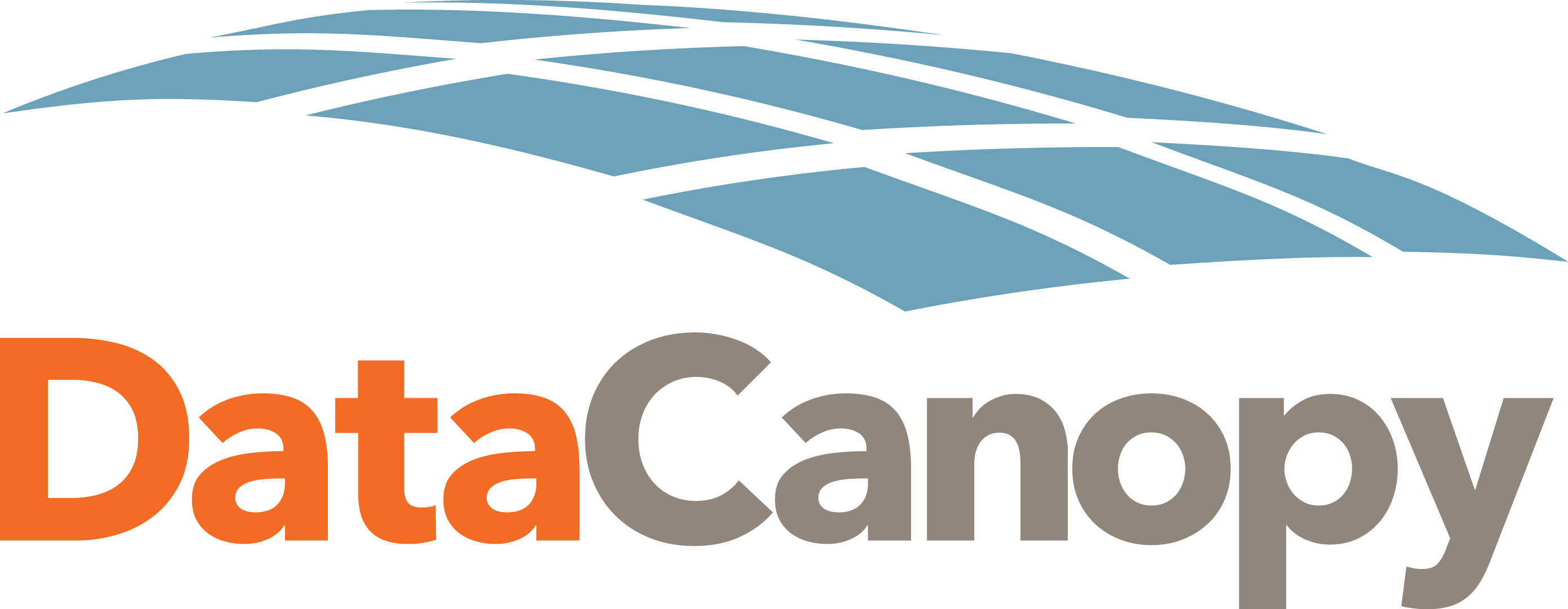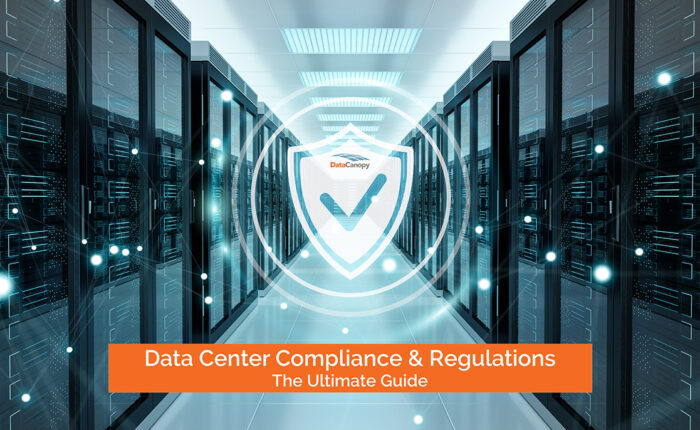 More and more business processes are reliant on always-on systems to function. Locally hosted applications, SaaS applications, voice over IP phones, and more keep our businesses running and employees productive. When a disaster strikes, preparedness can mean the difference between getting your organization back online and operating quickly and going out of business. In fact according to the Insurance Institute for Business & Home Safety, an estimated 25 percent of businesses do not reopen following a major disaster. Even so, 75% of small businesses do not have a disaster plan in place and larger enterprises often report that if they have a plan it is under-funded and rarely tested.
More and more business processes are reliant on always-on systems to function. Locally hosted applications, SaaS applications, voice over IP phones, and more keep our businesses running and employees productive. When a disaster strikes, preparedness can mean the difference between getting your organization back online and operating quickly and going out of business. In fact according to the Insurance Institute for Business & Home Safety, an estimated 25 percent of businesses do not reopen following a major disaster. Even so, 75% of small businesses do not have a disaster plan in place and larger enterprises often report that if they have a plan it is under-funded and rarely tested.
Planning for a disaster is particularly difficult if you’ve never experienced one. It is hard to say what will be impacted and how that impact will really affect your business. In order to adequately prepare for just about any emergency scenario, the list of items to be addressed can seem overwhelming and IT budgets barely ever cover the level of effort and resources required to fully address the issue. So where do you start? There is a long list of items you should consider – download the checklist now to get started – but at the very core, you must:
-
Identify what systems and infrastructure supports which business processes and personnel. Gather all appropriate documentation and disaster recovery planning that currently exists.
-
Rank business processes with key stakeholders to ensure protection is afforded to those that impact the business most if they were to experience downtime.
-
Create a ranking of what the thresholds for pain are in the event of an outage and implement backups and redundancies where necessary to meet those thresholds.
-
Conduct a risk assessment to understand where your facilities and systems are most vulnerable.
-
Formalize a plan for disaster recovery and test that plan at least quarterly.
In order to help your business from becoming a statistic, we have created a disaster recovery checklist that will help your organization start planning now and gain a greater understanding of what risks exist and how to mitigate them. Download the checklist now to get started.



